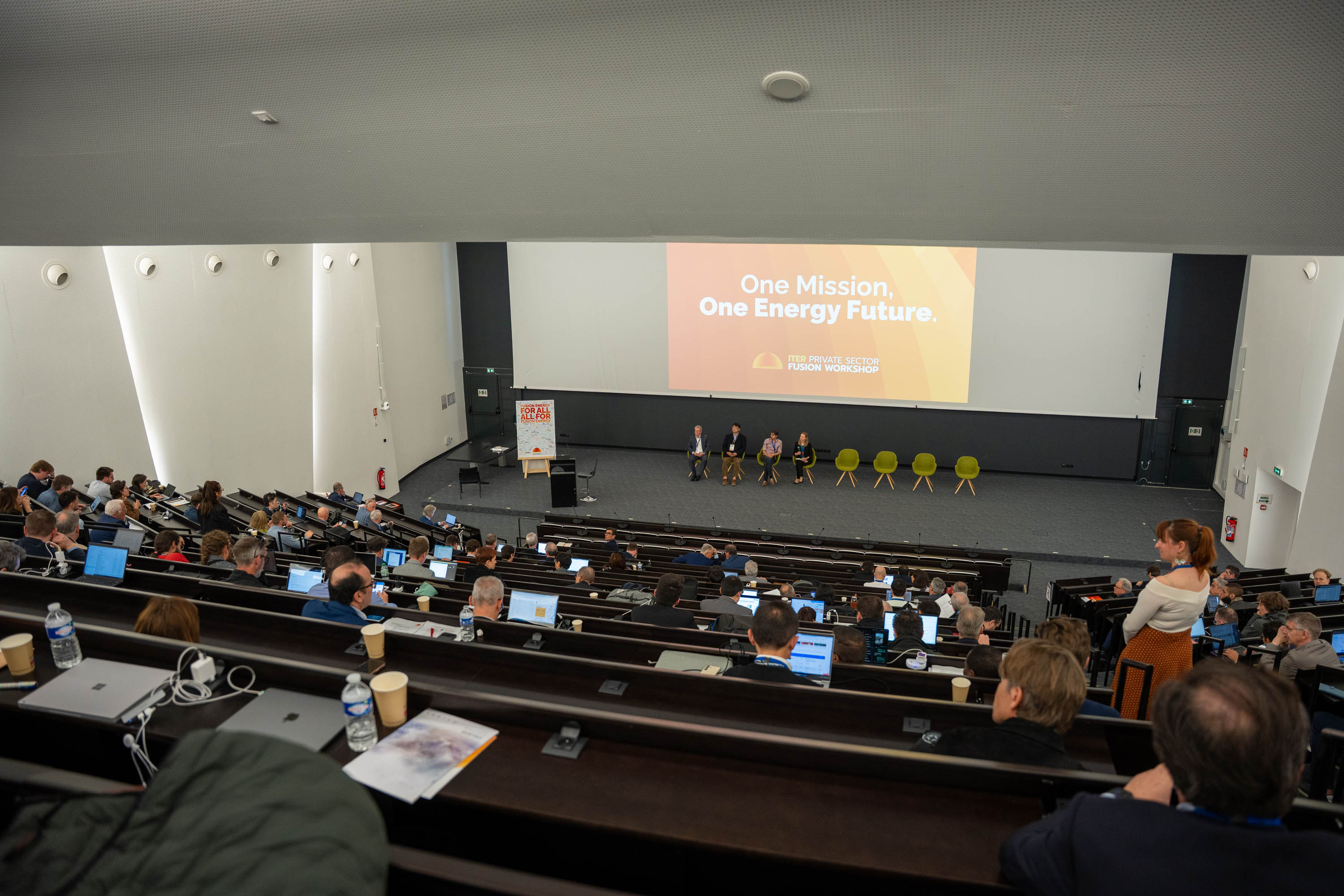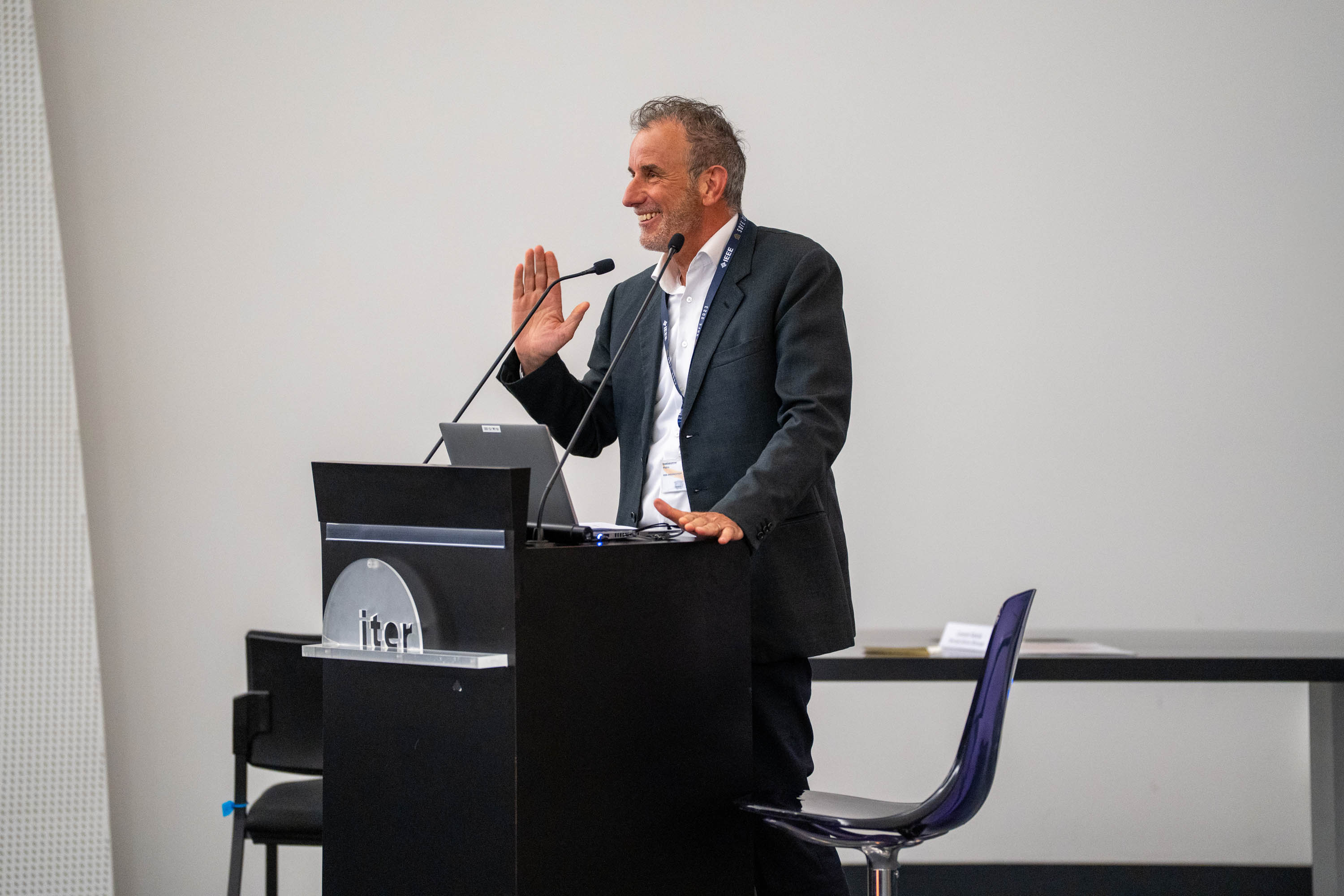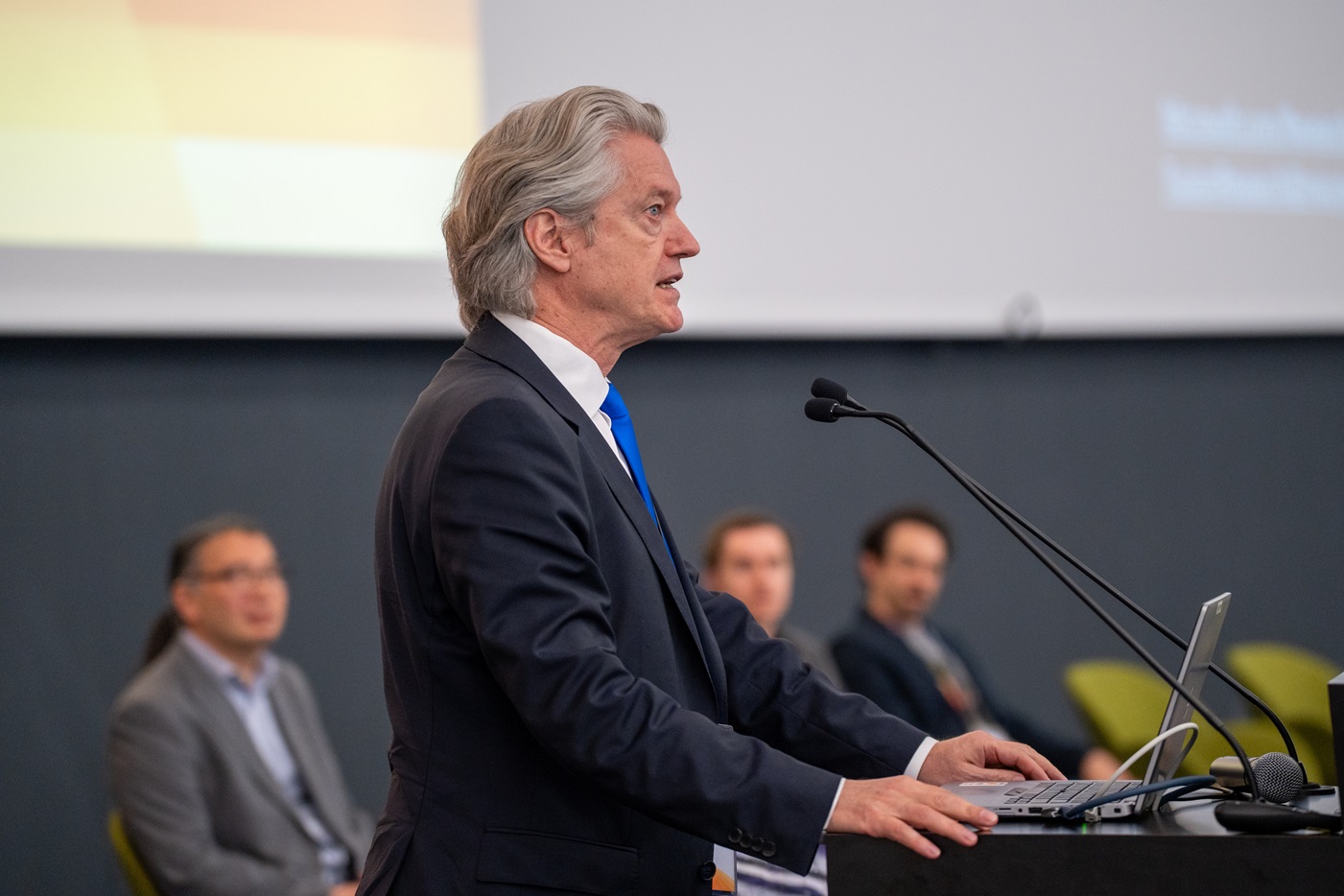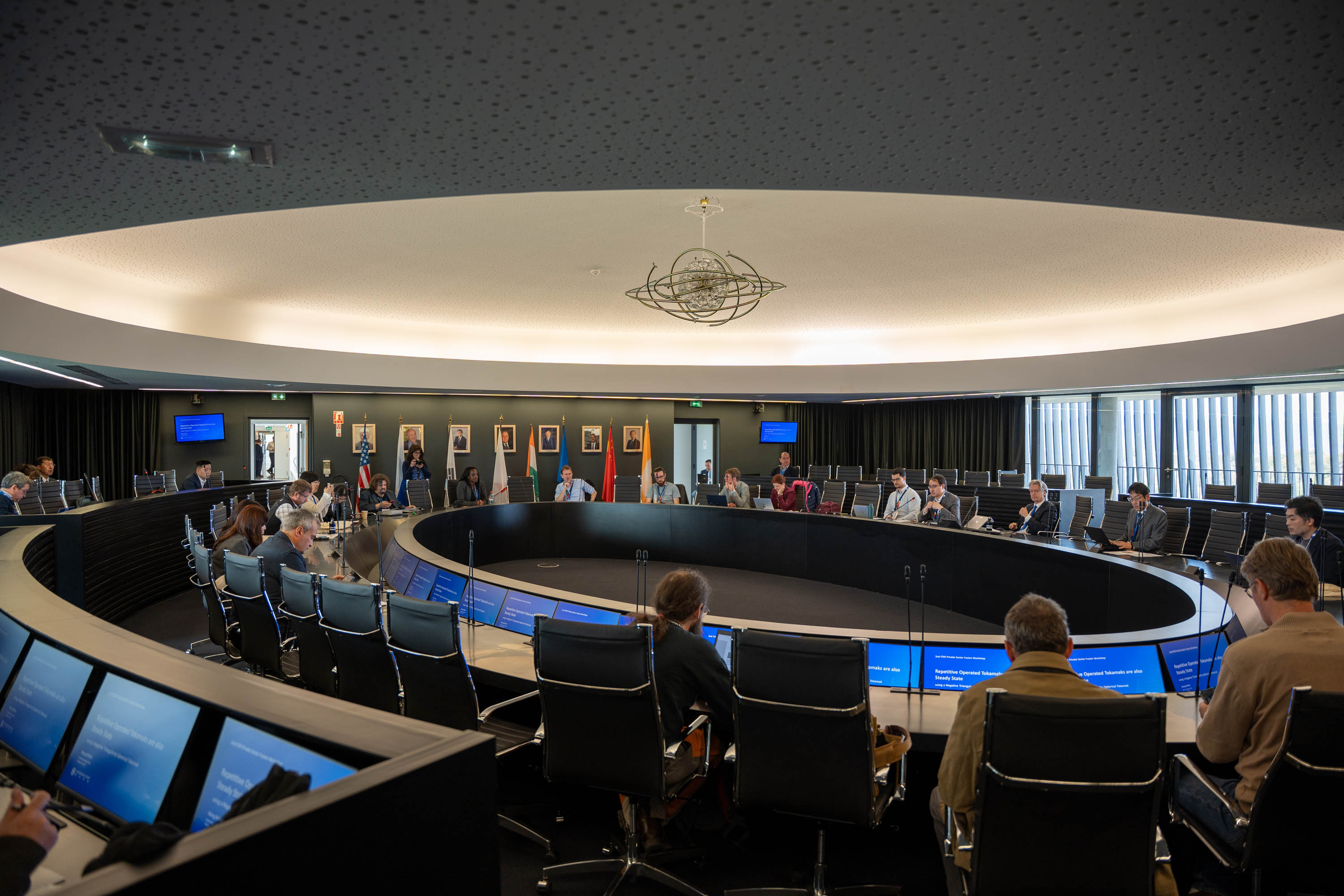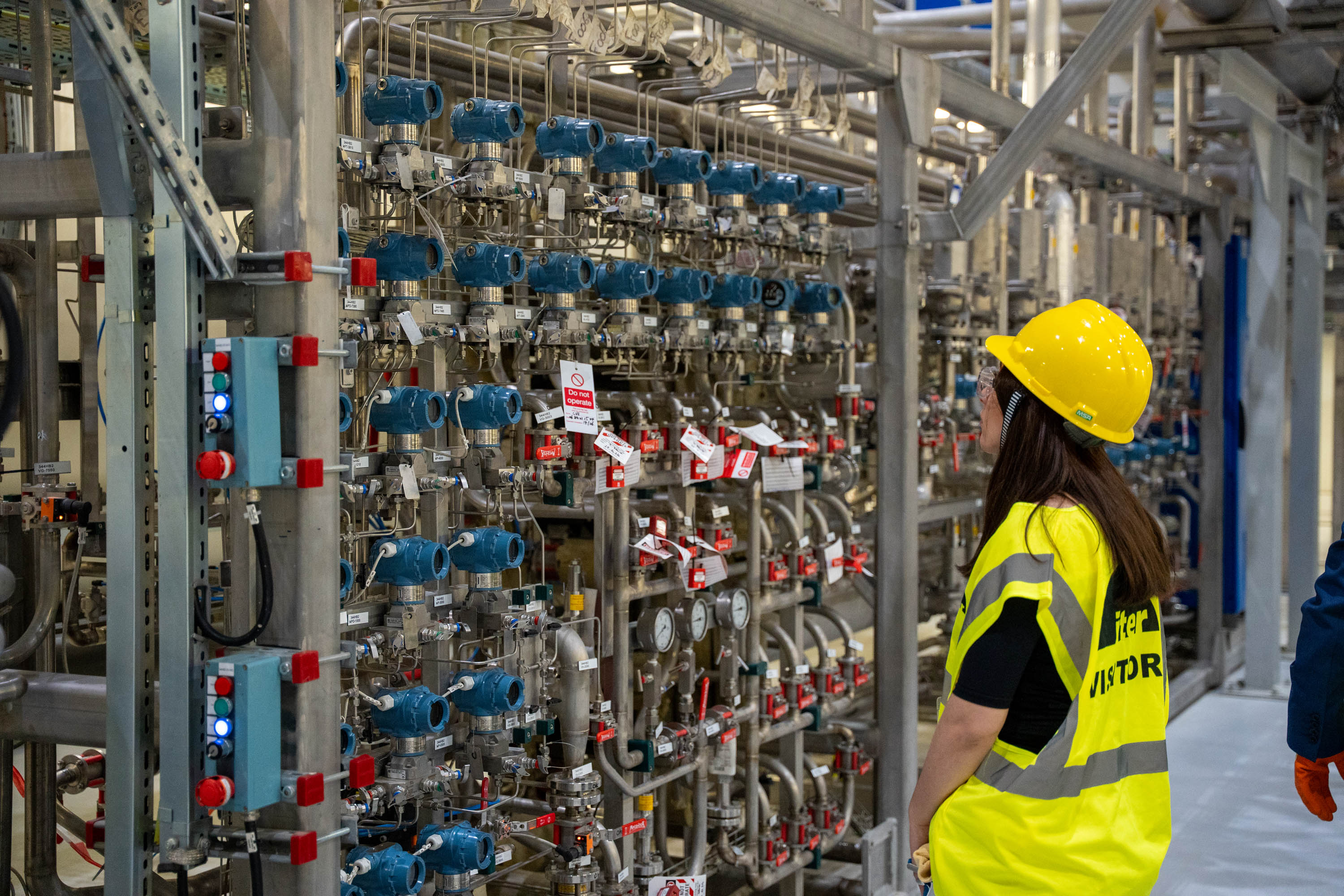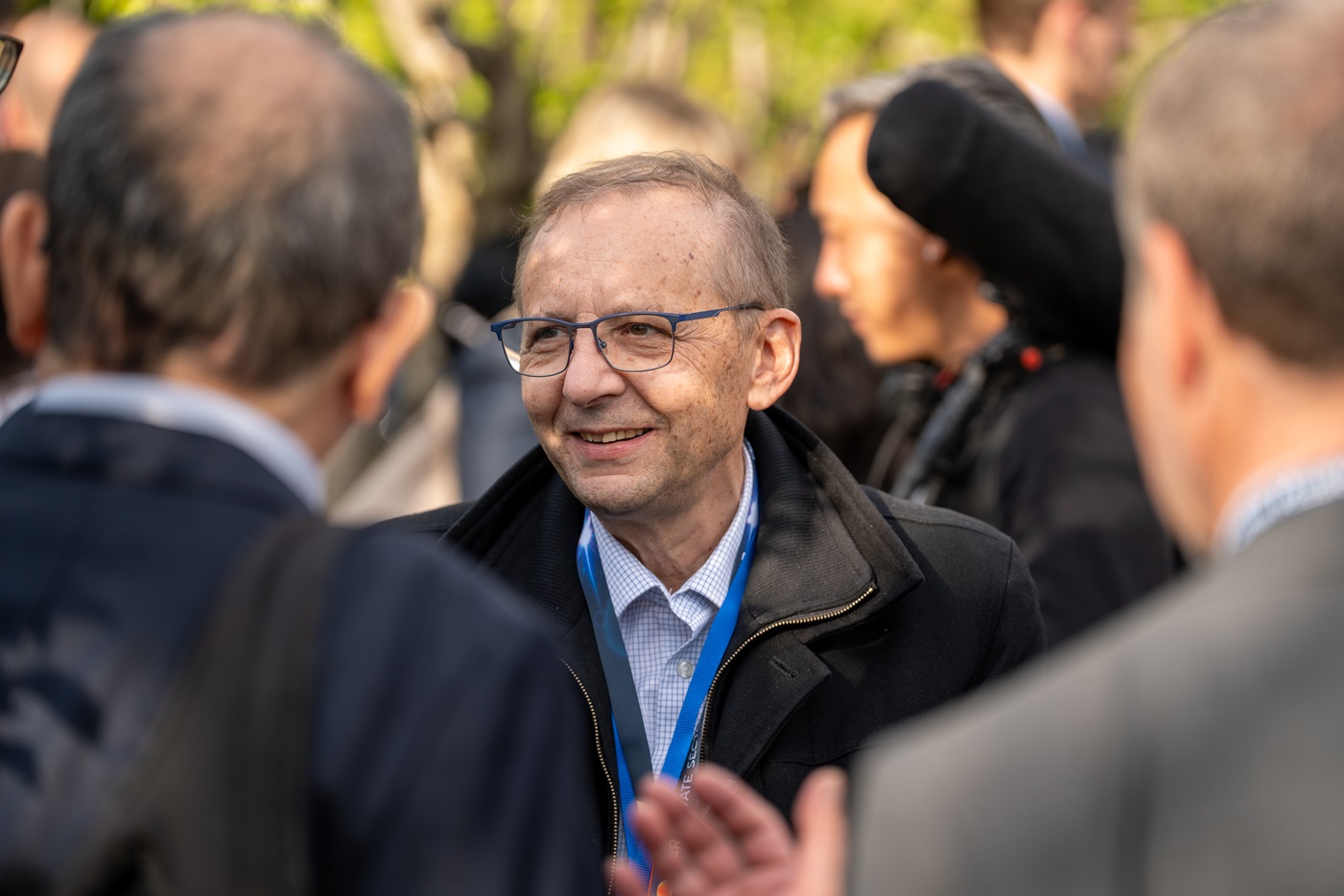“We can go so much faster together”
In May 2024 the ITER Organization opened its doors for the first time to private fusion companies, recognizing that the mass of experience accumulated by the ITER project over the decades could be highly valuable to these new initiatives, and that everyone has something to gain if the commercialization of fusion energy is accelerated. One year later—for the 2nd ITER Private Sector Fusion Workshop organized on 22 and 23 April—the focus of the program was three-fold: how cross-sector innovation is addressing some of fusion’s key challenges, what capacities exist in the global fusion supply chain that can help avoid private companies having to “reinvent the wheel,” and ITER’s new mechanisms for knowledge-sharing.
From the number of return participants to the workshop, and the buzz of conversation during breaks, it was clear that the restraint of the “get-to-know-you” phase is over and that connections between public and private actors have developed and deepened over the past year.
For organizer Laban Coblentz, ITER Head of Communication, it was “energizing” to see the networking that took place across languages and sectors. “There is such benefit to bringing the private and public sectors into the same room. Even if we disagree on many things, we can go so much faster together.”
"What we have discussed with the ITER Council and what we intend to do at the same time as our baseline job is to help the private sector in every way that we can,” said ITER Director-General Pietro Barabaschi in his welcome to the 350 participants—startup company representatives, industrial suppliers, researchers, advocates, investors, and ITER and Domestic Agency experts who attended the two-day event. “I am grateful to see your response to our invitation; your presence here means that our ambition is followed by interest from your side.”
Following suggestions generated at the first workshop in 2024, the ITER Organization has introduced a number of knowledge-sharing mechanisms under the umbrella of ITER’s Private Sector Fusion Engagement (PSFE) project. Hundreds of requests for specific ITER documents and technical visits, for example, have already been received through the PSFE Help Desk (psfe@iter.org), and a first private sector company—the California-based TAE Technologies—has signed an agreement with the ITER Organization for "cooperation and exchange in technical fields of mutual interest."
Other mechanisms are in the works. The compilation of the ITER Design Handbook—a resource for technical information, lessons learned, and the evolution of the ITER design—is progressing well, with publication of the first of two volumes expected at the end of the year. ITER’s Integrated Modelling Analysis Suite (IMAS) software, which contains advanced tools to organize and manipulate fusion data, is ready for imminent open-sourced release (see the related article in this issue here). And the agreements are in place to enable private sector participation in the International Tokamak Physics Activity (ITPA) and its associated topical groups (also see the article linked in the previous sentence).
“ITER is actively transferring knowledge that is not only relevant to tokamak experiments,” says Coblentz. “There is plenty of convergence across all the different fusion approaches.”
Sergei Putvinski from TAE Technologies agrees. TAE’s fusion machine is a compact, linear device based on field-reversed configuration (FRC) technology, and yet during the workshop he listed at least five areas of ITER science and technology that are highly relevant to his company’s efforts and that are the object of technical discussions within the framework of TAE’s agreement with ITER—diagnostics, plasma-facing components, instrumentation & control, neutral beam injection heating, and plasma shot optimization.
“We share many of the same challenges,” the ITER Director-General stressed at the start of the workshop, and in panel discussions over two days participants heard about R&D underway in both the public and private sectors to solve some of the key issues remaining—as well as about the innovative technologies like specific artificial intelligence applications that can help the entire fusion sector accelerate.
And both during the main program and on the sidelines, there was keen interest in the way the ITER supply chain can be leveraged.
“The fusion supply chain is an area where ITER has provided a lot of value, and this is something we continue to build,” said Director-General Barabaschi. “We recognize the interest in connecting startups working on the integration of facilities with these industrial resources, and it directly responds to a demand we have received from the private sector.”
Erik Fernandez, a representative from the Spanish association Ineustar that connects industry to science, said he could not imagine any company today working for ITER that could not work for a private fusion company.
The director of supplier integration/tokamak systems at the US startup Commonwealth Fusion Systems, Jack Cohen, emphasized the importance of ITER’s investment in industrial technologies over the last decades. “My suppliers know fusion and my suppliers know ITER. I cannot overestimate how much that makes my life easier. A large percentage of our dollars are going to ITER suppliers. We couldn’t have private fusion without some of the innovations that public research has done for us.”
In this context, the organization of the private sector workshop only two days before the start of the 2025 ITER Business Forum (IBF) in Marseille was no accident; many participants travelled directly from the close of the first event to the opening of the second. It is the first time that the private sector has been invited to participate in the IBF, and from conversations with startup representatives it was clear that expectations were running high for productive opportunities. ITER’s industrial partners, too, are hopeful that private sector contracts can help keep capacities active between the mobilization for ITER and the next large fusion devices.
In closing the private sector workshop, Laban Coblentz invited private companies to join ITER at two globe-spanning events—the World Expo that is taking place in Japan through October, and November’s climate change conference in Brazil. “Use the ITER booth to advertise your projects and efforts at these events,” he said. “Let’s make it about fusion globally.”






